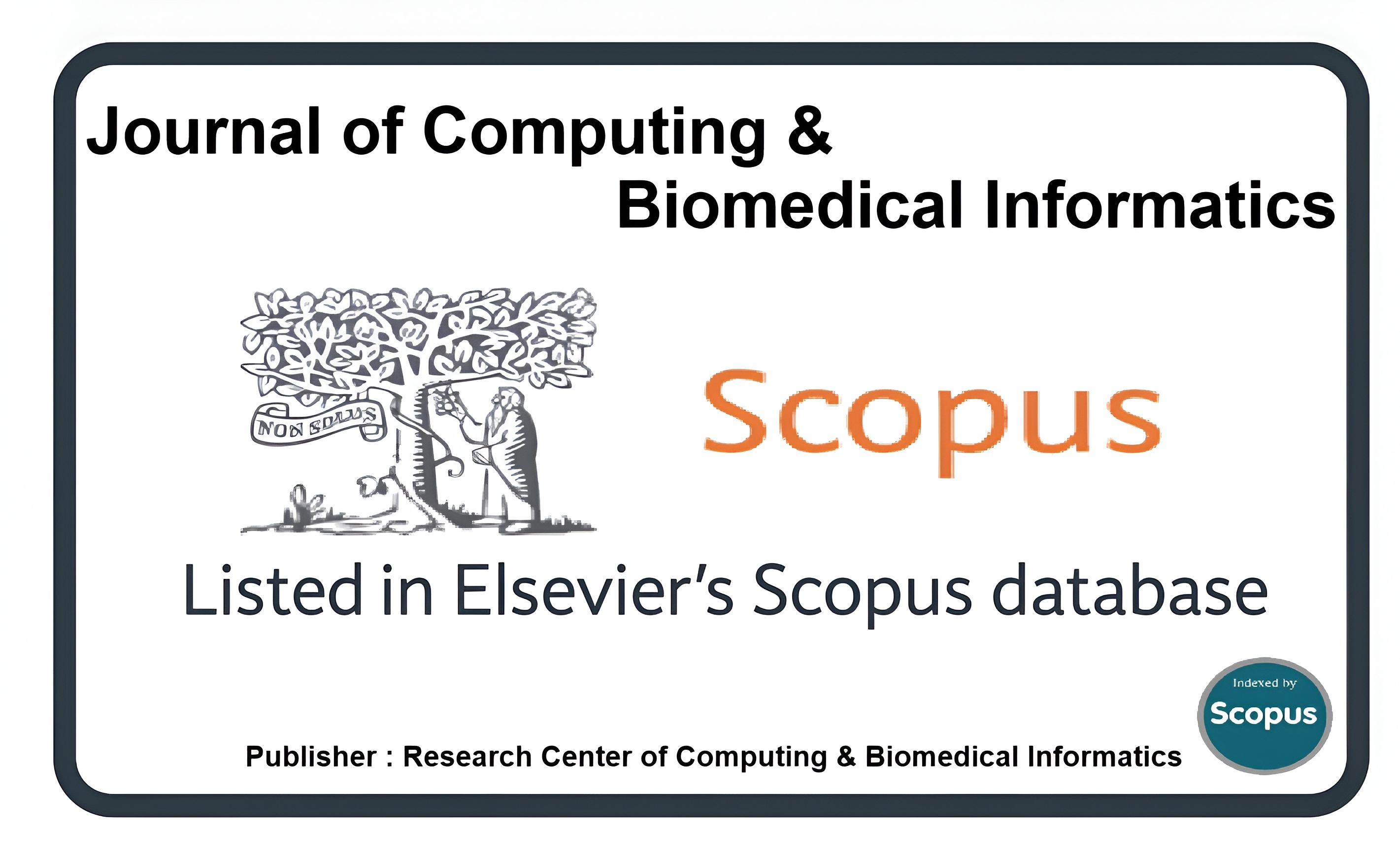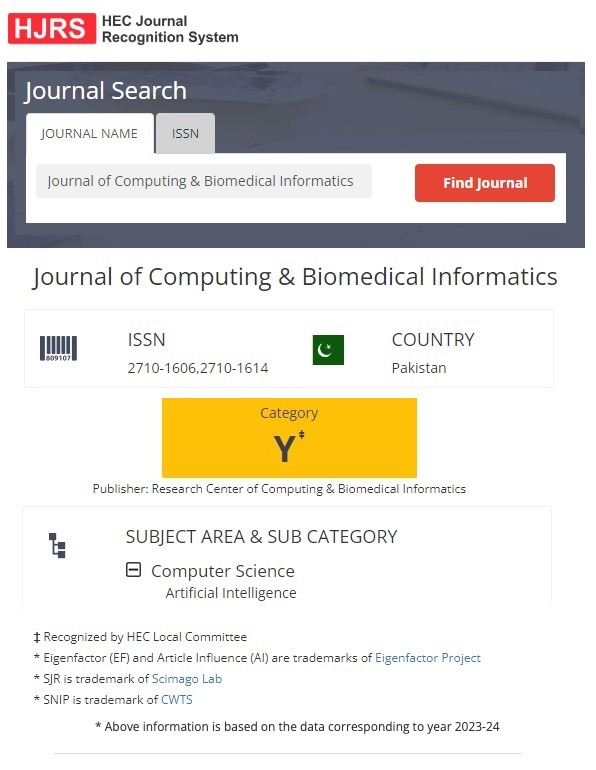Deep Learning-Based Methods for Brain Tumor Segmentation: A State-of-the-Art Review
Keywords:
Classification, MV-KBC, Inconsistencies, Computed Tomography (CT), AlgorithmsAbstract
Hospitals have lately begun using machine learning to expedite the diagnostic and analysis process. Now that they have assistance with diagnosis, doctors can expedite the start of the healing process. AI in healthcare may be used for simple to complex tasks in the future, such as phone answering, reviewing medical records, trending and analytics in primary care, computer design and therapeutic medicine, reading radiology images, creating treatment and diagnosis plans, and even having conversations with patients. Medical imaging such as CT, MRI, and X-ray pictures may be interpreted using deep learning models to establish a diagnosis. Inconsistencies and dangers can be identified by the algorithms in the medical imaging data. Cancer detection frequently makes use of deep learning. Brain tumors must be correctly segmented using MRI images in order to aid in clinical diagnosis and therapy planning. However, the lack of certain diagnostic procedures in MRI images makes medical practice more challenging. The recommended method performs better when comparing the quantitative and qualitative results of medical image analysis as it is currently performed. When it comes to the accurate identification of malignant lung nodules in the event of lung cancer detection, CT scans of the chest perform better. Early detection of lung cancer is crucial for patients' chances of survival. Using sparse chest computed tomography (CT) data from earlier research, create a multi-view knowledge-based collaborative (MV-KBC) deep model to distinguish between benign and malignant nodules. However, the MV-KBC model had more accuracy. Nevertheless, the model can only be used to supervise image data. In this research, we present a novel deep learning-based multi view model to alleviate the model's shortcoming. The accuracy of the suggested model was significantly improved, and computation and classification times were decreased, for semi-supervised medical image applications.
Downloads
Published
How to Cite
Issue
Section
License
This is an open Access Article published by Research Center of Computing & Biomedical Informatics (RCBI), Lahore, Pakistan under CCBY 4.0 International License





